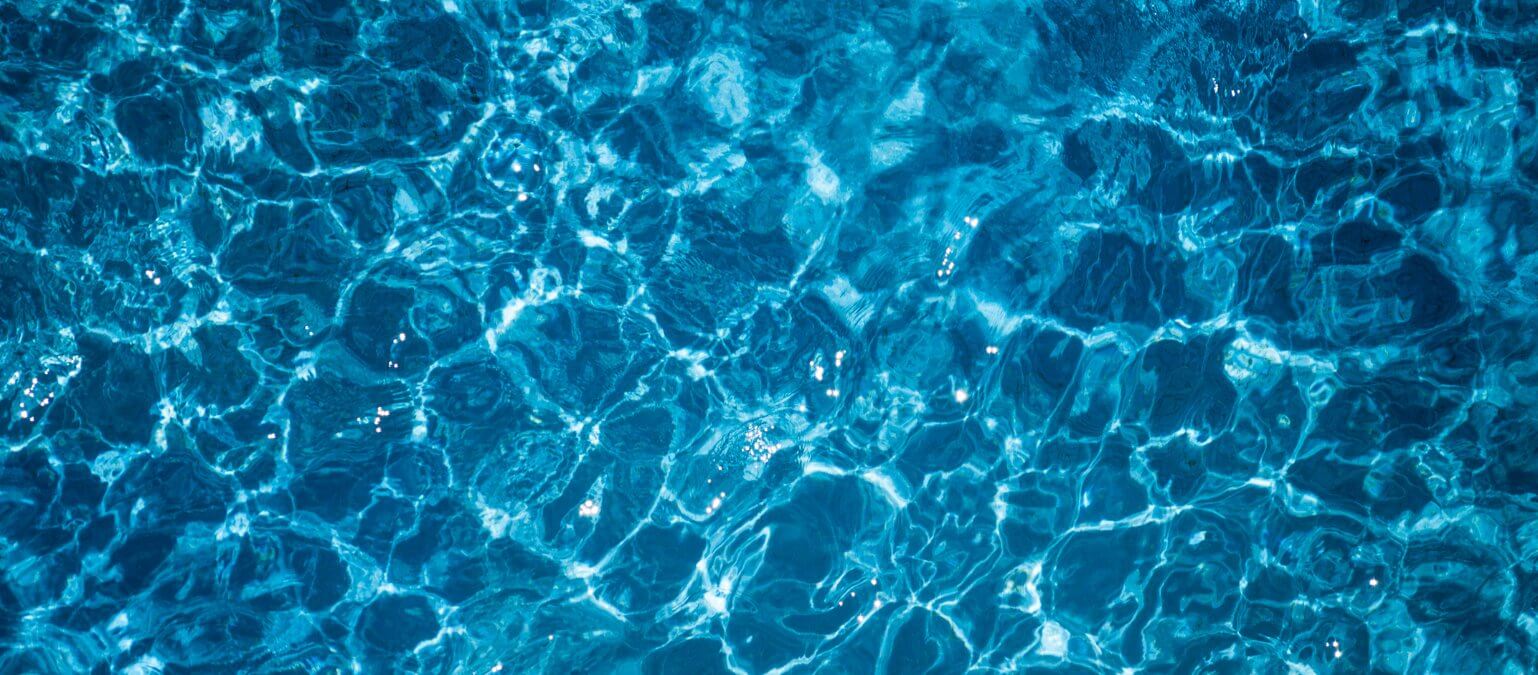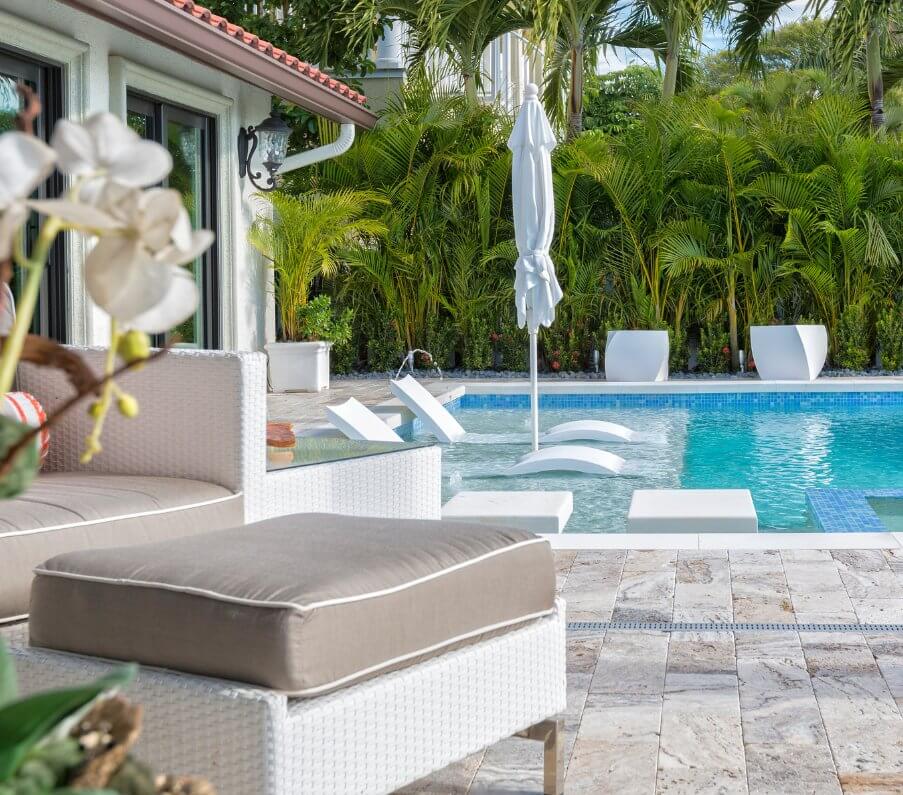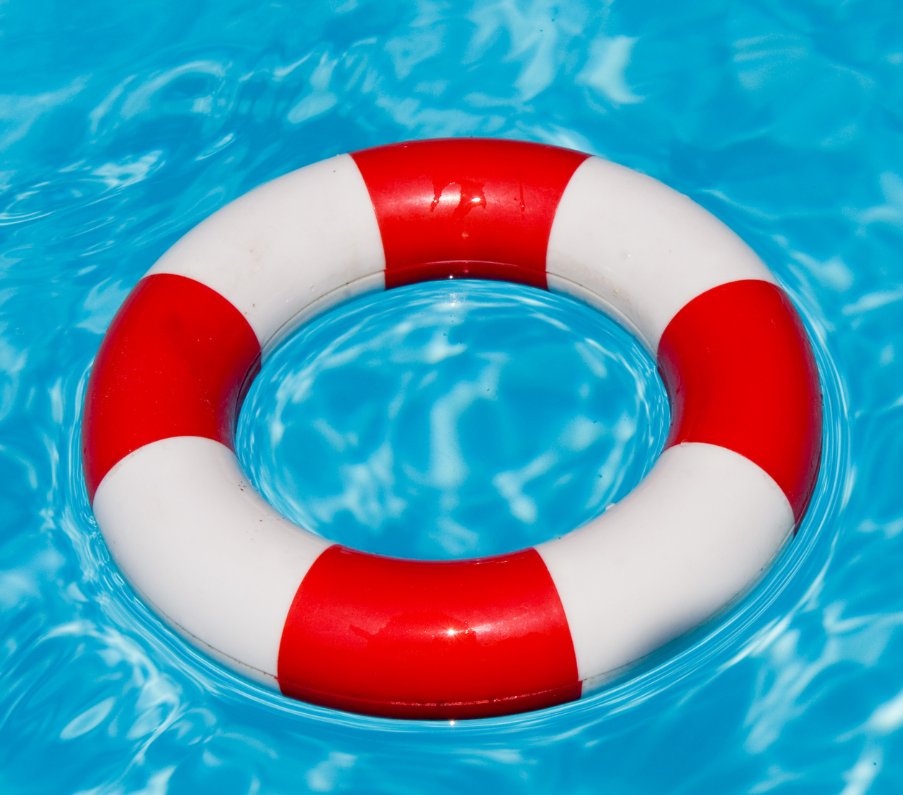The Complete Guide to Balancing Pool Chemistry in Coastal Areas
Whether you're a vacation rental owner, a full-time resident, or a pool maintenance professional in coastal North Carolina, this guide will help you understand the intricacies of keeping your pool water balanced, clean, and inviting.

The Complete Guide to Balancing Pool Chemistry in Coastal Areas
Maintaining a swimming pool in coastal regions like the Outer Banks presents unique challenges that inland pool owners don't face. The combination of salt air, higher humidity, and proximity to the ocean creates specific conditions that require special attention to pool chemistry. Whether you're a vacation rental owner, a full-time resident, or a pool maintenance professional in coastal North Carolina, this guide will help you understand the intricacies of keeping your pool water balanced, clean, and inviting.
Understanding the Coastal Challenge
The Outer Banks and similar coastal areas experience environmental factors that directly impact pool chemistry:
- Salt Air: Ocean spray carries dissolved salt particles that can settle in your pool, gradually increasing salinity levels.
- Higher Humidity: Coastal regions typically experience greater humidity, which affects evaporation rates and can concentrate chemicals in pool water.
- Sand and Wind: Fine sand particles can be blown into pools, affecting filtration systems and potentially altering pH levels.
- Frequent Rain: Coastal areas often experience more precipitation, which can dilute pool chemicals and throw off carefully balanced chemistry.
Essential Pool Chemistry Parameters for Coastal Pools
1. pH Balance: The Foundation of Good Pool Chemistry
In the Outer Banks, maintaining proper pH levels is even more critical than in inland areas. The ideal pH range for pool water remains between 7.2 and 7.8, with 7.4 being optimal. Coastal environments tend to drive pH levels up due to:
- Salt air intrusion
- Higher mineral content in local water supplies
- More frequent swimmer load in vacation properties
When pH levels climb too high, you'll notice:
- Cloudy water
- Decreased sanitizer effectiveness
- Scale formation on pool surfaces
- Skin and eye irritation for swimmers
To lower pH in coastal pools, use a pH decreaser (sodium bisulfate) gradually, testing frequently to avoid overcorrection. For raising low pH, use sodium carbonate (soda ash).
2. Chlorine Levels: Fighting the Coastal Decomposition
Chlorine breaks down more rapidly in coastal environments due to:
- Increased UV exposure (many coastal pools have full sun exposure)
- Higher organic load from vegetation and insects
- Salt intrusion accelerating chlorine consumption
For Outer Banks pools, aim to maintain free chlorine levels between 2-4 ppm, slightly higher than the typical 1-3 ppm recommended for inland pools. Consider using stabilized chlorine products containing cyanuric acid to protect chlorine from rapid UV degradation.
3. Total Alkalinity: The Buffer Your Coastal Pool Needs
Total alkalinity acts as a buffer against rapid pH changes. In coastal areas where environmental factors can cause pH fluctuation, maintaining proper alkalinity is crucial.
The recommended range for total alkalinity in coastal pools is 80-120 ppm. Higher alkalinity provides better buffering capacity against the acidic effects of rain and organic matter but can make pH adjustment more difficult.
To raise alkalinity, use sodium bicarbonate (baking soda). To lower it, use sodium bisulfate or muriatic acid, adding slowly and in small amounts.
4. Calcium Hardness: Balancing Against Coastal Corrosion
Coastal pools often face two competing issues: corrosion from salt air and scaling from higher mineral content in water supplies. Calcium hardness should be maintained between 200-400 ppm.
- Too low: Water becomes corrosive to pool equipment and surfaces
- Too high: Scaling and cloudy water become problems
In the Outer Banks, where many homes use well water, calcium levels can vary significantly. Test calcium hardness monthly and adjust using calcium chloride to raise levels or partial water replacement to lower them.
5. Cyanuric Acid (CYA): Sun Protection for Your Chlorine
The bright, unobstructed sun exposure common to coastal pools makes cyanuric acid an essential component of your chemistry regimen. CYA acts as sunscreen for your chlorine, preventing rapid UV degradation.
Maintain CYA levels between 30-50 ppm for optimal protection without hampering chlorine effectiveness. Higher levels (above 70 ppm) can actually inhibit chlorine's sanitizing power, creating a condition called "chlorine lock."
Special Considerations for Outer Banks Pool Chemicals
Salt Systems in Coastal Environments
Salt chlorine generator systems have become increasingly popular in the Outer Banks due to their gentler water feel and reduced chemical handling. When using salt systems in coastal areas:
- Test salt levels monthly, as rainwater can dilute concentrations
- Inspect cells more frequently for scale buildup from mineral-rich coastal water
- Consider a slightly higher salt level (3200-3400 ppm instead of 3000 ppm) to compensate for dilution from rain
Shocking Coastal Pools
Coastal pools typically require more frequent shocking treatments due to:
- Higher swimmer loads in vacation properties
- More organic matter from vegetation and insects
- Faster chlorine depletion from UV exposure
For Outer Banks pools during peak season, consider shocking weekly rather than biweekly, using calcium hypochlorite (cal-hypo) shock for its effectiveness in higher-temperature water.
Seasonal Maintenance Calendar for Coastal Pools
Spring Opening (March-April)
- Test and balance all chemistry parameters before adding chlorine
- Clean and inspect equipment for salt corrosion
- Check pool surfaces for scaling or etching from winter conditions
- Install new DE or sand in filters if needed
Summer Maintenance (May-September)
- Test water chemistry 2-3 times weekly
- Shock weekly, especially after heavy use or storms
- Check for and remove sand accumulation in skimmers and main drains
- Maintain higher chlorine levels (2-4 ppm) during peak rental seasons
Fall Closing (October-November)
- Balance chemistry perfectly before covering
- Use winterizing algaecide designed for coastal conditions
- Lower water levels below skimmers but above tile line
- Secure covers thoroughly against coastal winds
Troubleshooting Common Coastal Pool Issues
Cloudy Water Despite Balanced Chemicals
Often caused by:
- Fine sand particles suspended in water
- Salt residue from evaporation
- Higher phosphate levels from coastal soils
Solution: Use a flocculent or clarifier specifically designed for coastal conditions, followed by thorough filtration and backwashing.
Rapid Chlorine Loss
Caused by:
- Intense coastal sunlight
- Higher bather loads in vacation properties
- Salt air interaction
Solution: Increase cyanuric acid levels (30-50 ppm), use stabilized chlorine products, and consider supplemental chlorine feeders during peak usage periods.
Conclusion
Maintaining proper pool chemistry in coastal areas like the Outer Banks requires diligence, understanding of local conditions, and regular testing. The reward is a sparkling, comfortable pool that enhances the coastal living experience without excessive maintenance headaches. By following these guidelines specific to coastal environments, you'll be able to keep your pool in optimal condition year-round, ready for whenever you want to take a refreshing dip in your own private oasis by the sea.
Remember, the key to success is consistency in testing and small, incremental adjustments rather than major chemical corrections. With proper attention to your pool's unique coastal needs, you'll enjoy crystal clear water all season long. Contact us today at Duck Pool & Spa to help maintain your pool!




